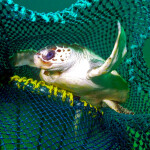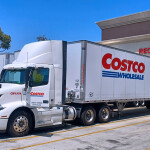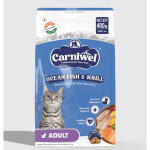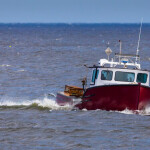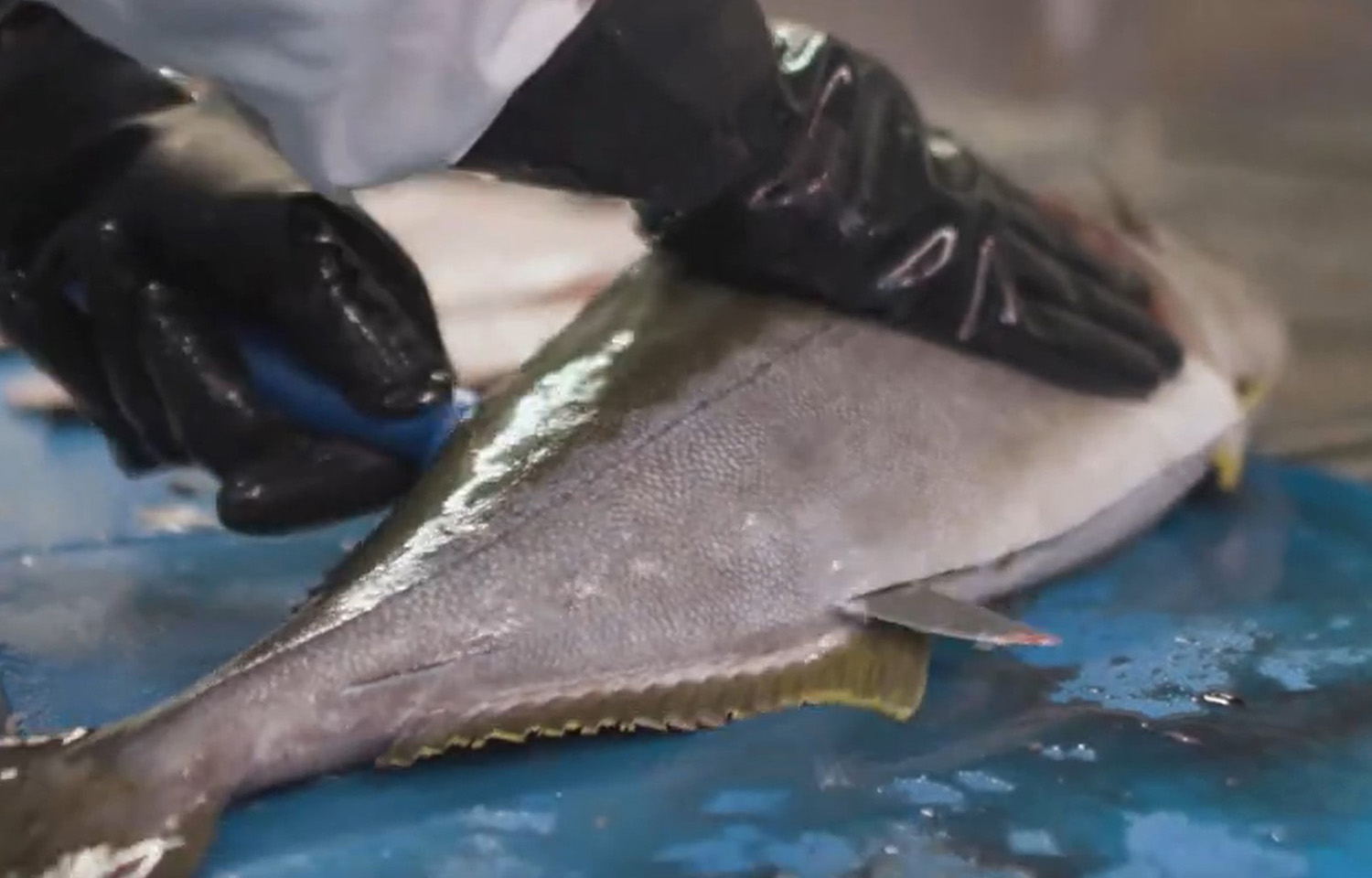The Kingfish Company is working to intensify its sales efforts as the company neared a breakeven EBITDA and posted increased revenue and volumes sold in Q2 2024.
The Kats, Netherlands-based recirculating aquaculture system (RAS) yellowtail kingfish producer reported sales volumes of 512 metric tons (MT) in Q2 2024, up 36 percent from the 377 MT it posted in Q2 2023. The company’s revenue also increased, reaching EUR 7.3 million (USD 8.1 million), up 31 percent from the EUR 5.6 million (USD 6.2 million) it posted in Q2 2023.
Kingfish Company CEO Vincent Erenst said during a recent earnings call that the increased volume sold and revenue are in part thanks to the company’s intensified sales and marketing efforts, which it discussed in Q1 2024.
“We started new business with a number of foodservice distributors and retailers in Europe and North America, and we project to further increase these efforts and distributors during the remainder of the year,” Erenst said.
Erenst said the most important highlight for the company during the quarter was the sizes it sold. Large-sized yellowtail kingfish made up 53 percent of the company’s total volume in Q2 2024 – up from 37 percent of the total volume in Q2 2023.
“This shift to larger sizes goes hand in hand with a larger proportion of our volume being sold to foodservice, which demands larger sizes,” he said. “This over time, we believe, will allow us to further increase revenue per kilogram and our margins.”
Margins for the company in Q2 2024 were slightly improved, and the company’s operational EBIDTA per kilogram represented a loss of EUR 1.60 (USD 1.77) per kilogram – an improvement over the EUR 2.90 (USD 3.22) per kilogram it posted in Q2 2023. The company’s operational EBITDA continued to improve overall, reaching a loss of EUR 800,000 (USD 888,000), marking an improvement from the loss of EUR 1.1 million (USD 1.2 million) in Q2 2023.
Erenst said one of the things holding the company back from an EBITDA breakeven and profitability is high biomass. The standing biomass of the facility in Q2 2024 was 23 percent higher than it was in Q2 2023, reaching 1,075 MT – which is at capacity for the company’s facility.
“However, this level of biomass is higher than what we need for our current pace of harvest, and this has an effect on biological performance,” Erenst said.
The overall pace of growth has slowed as the company is forced to “keep a lid” on growth, he said, which has reduced biomass growth and also made for a worse feed-conversion ratio (FCR) on the fish. The FCR reached 1.47 in Q2 2024, up from 1.27 during Q2 2023.
“This is not a development we want, but it is the effect of keeping a lid on growth. However, we believe that as we ramp up our harvest in the coming quarter, we will reduce this figure again to values that we have had before,” Erenst said.
Kingfish Company CFO Jean-Charles Valette added that the increased FCR was partially offset by ...

